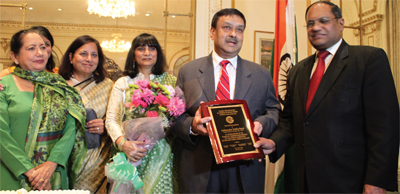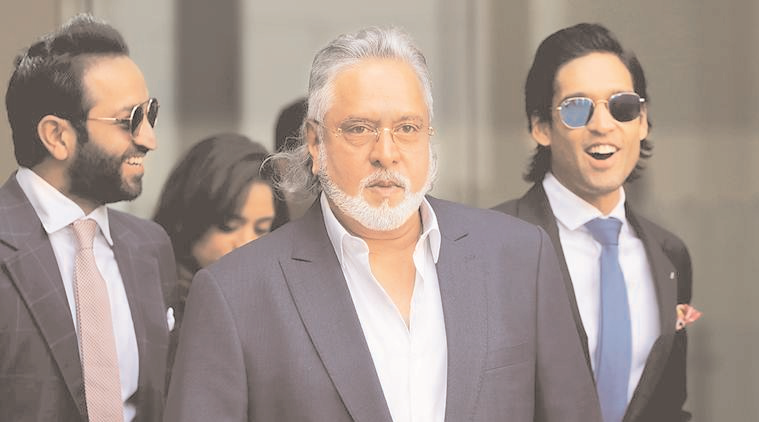
NEW DELHI (TIP): After contracting for three consecutive months, manufacturing activity saw an eight-month high expansion in November on rising domestic orders, according to the widelytracked HSBC Purchasing Managers’ Index (PMI). The HSBC PMI for manufacturing stood at 51.3 points in November, up from 49.6 points in October this year. A reading below 50 indicates contraction, while one above it shows expansion. The PMI number came a few days after official figures showed that the gross domestic product (GDP) growth remained at sub-five per cent for the fourth quarter in a row during Q2 of 2013-14, indicating an uptick in factory production which may raise economic expansion as well.
This would give some respite to the government, which is hopeful of a recovery during the second half of the current financial year, after economic growth stood at just 4.6 per cent in the first half. A debate is currently on whether the economy would grow over five per cent in 2013-14 or below it. The government hoped the economy would indeed clock an above-five per cent growth, while independent economists remained doubtful. The economy, saw some push as it grew 4.8 per cent in September quarter from 4.4 per cent in the July quarter, official data had shown on Friday. “Manufacturing activity picked up led by a rise in new domestic orders, which helped pull up output growth,” said Leif Eskesen, chief economist for India & Asean at HSBC. According to Markit Economics, the firm which compiles the data, rise in orders led the firms to increase their production levels for the first time since April. A robust demand resulted in new order growth and, also the rise in new work intakes ended a fivemonth period of contraction. Exports rose at a marginal and slower rate, suggesting the domestic market was the main source of new order gains, the firm said.
The finding of Markit Economics is a bit contrasting to official numbers, as exports witnessed double digit growth for the fourth month in a row in October. It was rather domestic demand which is inhibiting growth, according to official data. Hit hard by continued high interest rates and inflation, the demand of the consumers in the economy, indicated by private final consumption expenditure, remained low as it grew 2.16 per cent in this period against 1.62 per cent in the previous quarter. Last year, this had risen by 2.54 per cent. Consumer goods still was the best performer among other subsectors, according to PMI survey.
On the other hand, official data showed that consumer goods production remained low, as it expanded just 0.6 per cent in October, largely because of contraction by 10.8 per cent in consumer durable segments. The inflation eased in November. “Input and output price inflation eased, which, if sustained, could imply that the Reserve Bank of India (RBI) is getting closer to the end of its tightening cycle, although it may still need to notch rates up a bit further,” added Eskesen. It is widely believed that RBI might not ease its monetary stance later this month after consumer price inflation rose to double digits in November after a gap of six months and wholesale price-based inflation rose to 7 per cent in the month from 6.46 per cent in October.





Be the first to comment